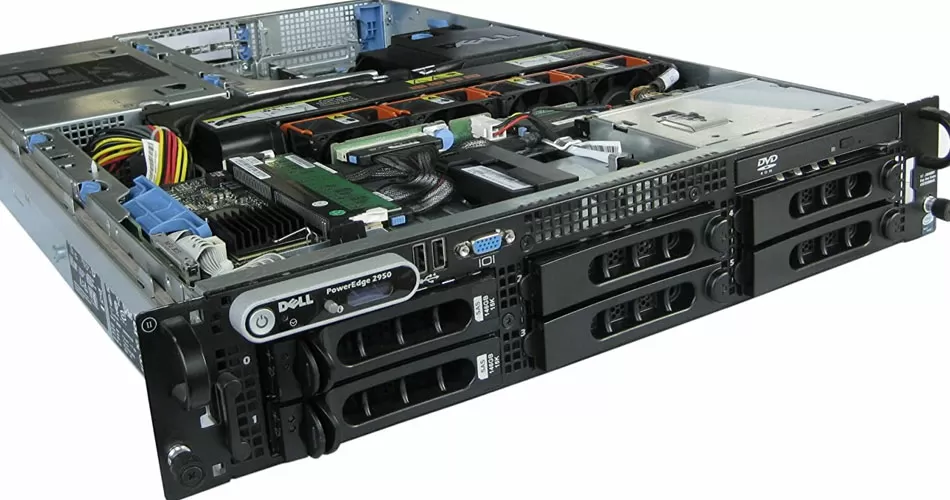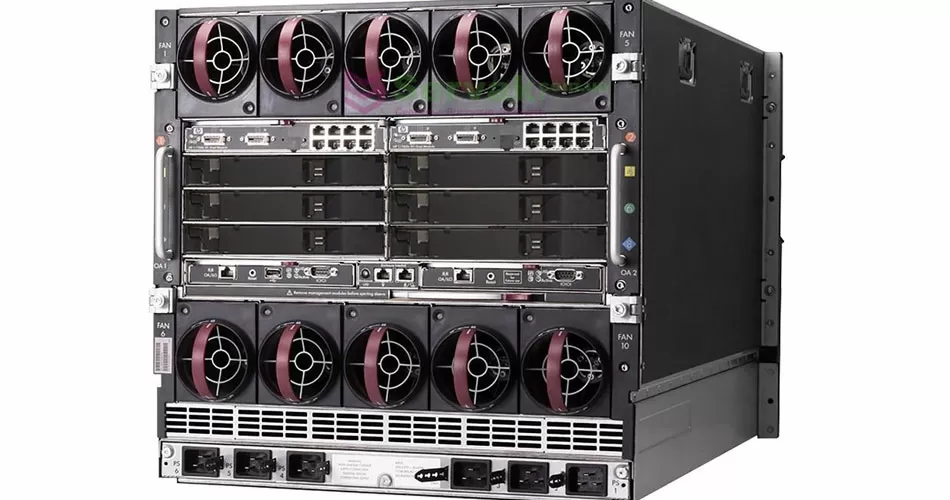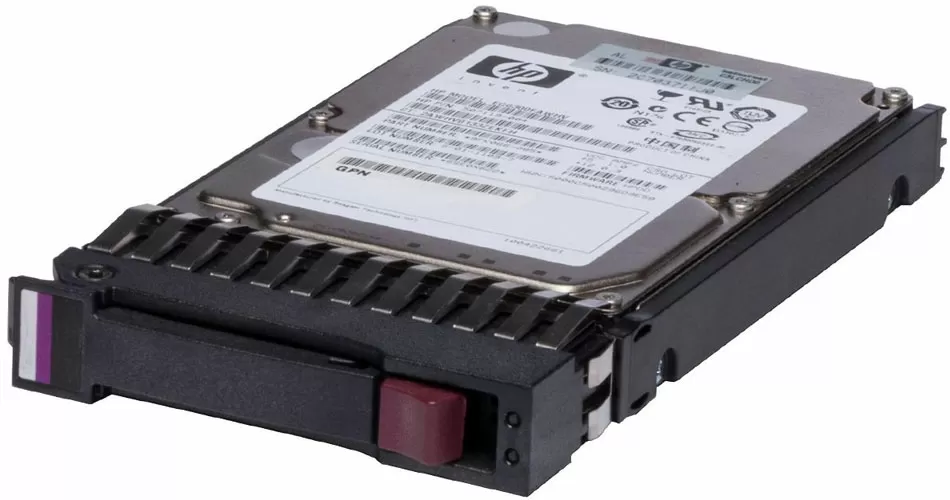
DELL, as a server manufacturer, presents its new models of server solutions based on Nehalem architecture. In this article, we will tell you about the new technologies that the company has applied in its new products, as well as consider new models of rack servers. This results in lower power consumption, lightweight configuration, and high server availability.



